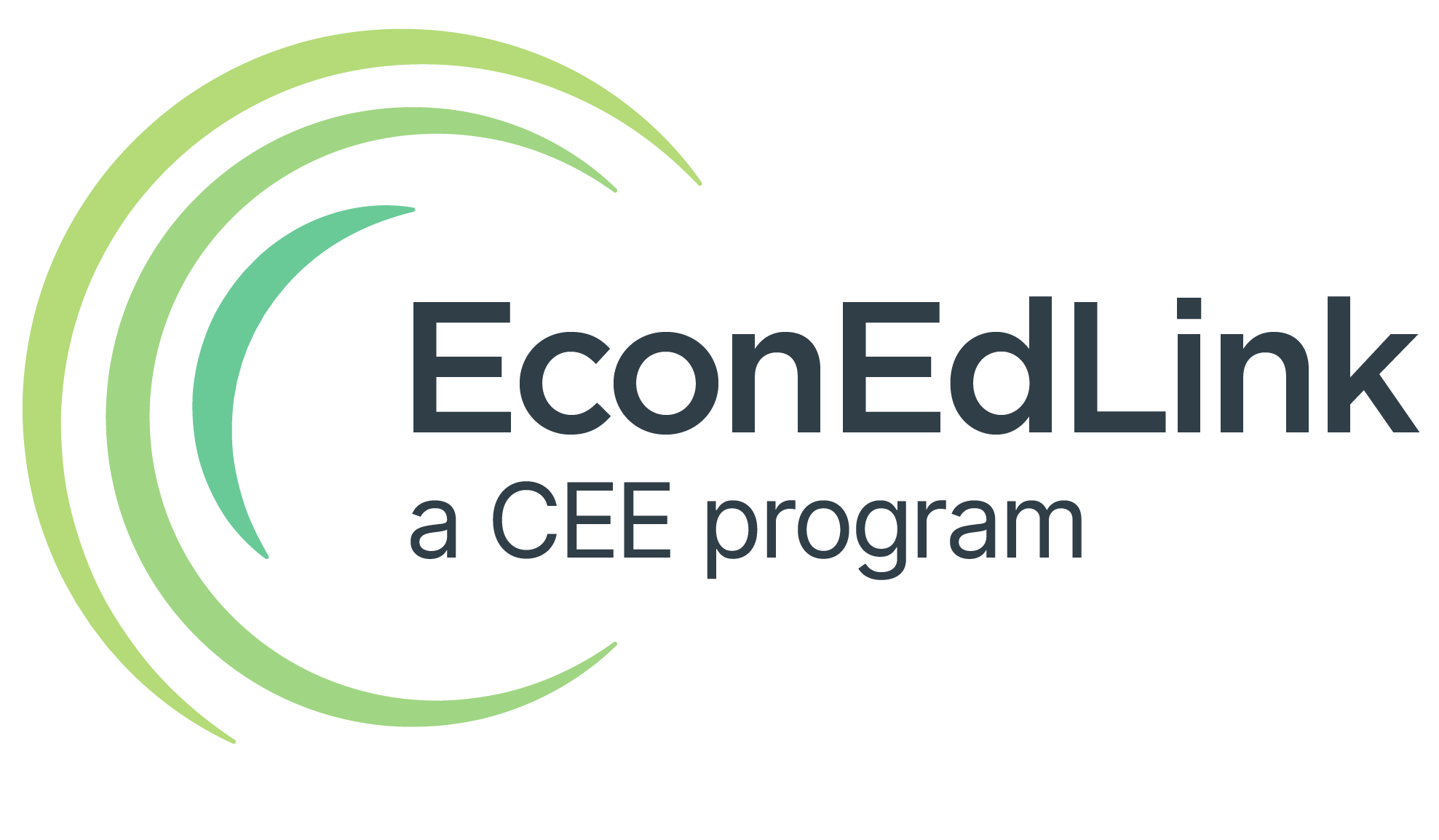
Grades 3-5

Don't have an account yet? Sign up for free
Don't have an account yet? Sign up for free


Students will investigate unforseen costs of car loans and/or house loans. They will then evaluate the economics of decision making, the ramifications of their choices, and options available to them. Students will compute costs and savings for a car and/or house loan with or without added insurance costs.
 Present the following anecdote to the students: An S & l institution advertised a $10,000 new car loan at 7.99% APR with 48 monthly payments of $269.34. Jones read the ad and practiced using the present value formula for annuities, trying to come up with figures to match the advertised monthly payment.
Present the following anecdote to the students: An S & l institution advertised a $10,000 new car loan at 7.99% APR with 48 monthly payments of $269.34. Jones read the ad and practiced using the present value formula for annuities, trying to come up with figures to match the advertised monthly payment.
Jones soon realized that the formula would not yield a matching payment of $269.34. He then called the institution to find out how people there had arrived at their figures. He was a little surprised to find that certain up-front fees and more than $20 per month for life and disability insurance had been figured into the payment! What was going on in this case? Why didn’t the number Jones calculated match the number advertised by the S&I?
NOTE: The “Just in Case Cases” activity could be done in class as a discussion starter and an introduction to the “time value of money” concept.
[NOTE: Use the following link as a reference as you prepare to pre-teach the concept of time-value-of-money https://www.lendingtree.com/.]

[NOTE: The “Just in Case Cases” activity can be done in class as a discussion starter. Students would have to be proficient at finding the remaining balance and/or using an amortization schedule, but the students should find out that you don’t just multiply the payment amount by the number of remaining payments. There are web sites that would figure this for the students, too.
You could just pick an amount to use for discussion purposes. If it fits your time frame and focus, you could have the students find an amortization schedule and discover the true amount.]
 The students should discover that loans vary considerably in their costs, that some costs may not be apparent on the surface, and that no single loan package is right for all borrowers. Personal factors, dispositions, and risk factors are different for different people.
The students should discover that loans vary considerably in their costs, that some costs may not be apparent on the surface, and that no single loan package is right for all borrowers. Personal factors, dispositions, and risk factors are different for different people.
Go over the questions at the bottom of “Just in Case Cases“.
Have the students evaluate their own decision, defend it to others, and listen to the reasons given by others for their decisions.
Use “The Same Thing” activity as an individual assignment.
[“The Same Thing Answers“]

Grades 3-5

Grades 9-12

Grades 9-12

Grades 9-12
